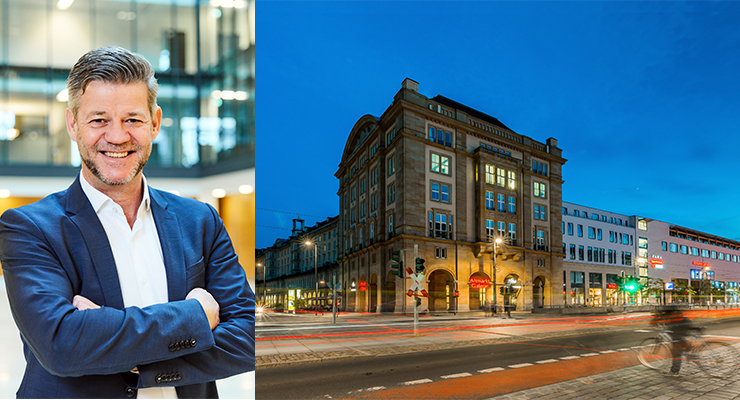For owners and operators of shopping centers, the integration of hotels at suitable locations, as part of a restructuring and further development effort, is an ideal way to add new offers to their modern marketplaces. For hotel operators, on the other hand, shopping centers offer excellent opportunities to add suitable hotel concepts to established locations that boast strong infrastructure – all within highly frequented city-center locations in which expansion areas for new hotel developments are usually in short supply. Last but not least, investors and real estate owners also regard hotel operators as creditworthy, long-term rental partners with whom existing space can be reoccupied.
A Retrospective View: Product Range Variety Versus Bed And Breakfast
The combination of retail and hospitality is by no means traditional in ECE’s home country of Germany. While common guiding concepts such as hospitality and service might suggest as much, the respective strategic orientations of the operators were different for quite some time: When I joined ECE as a young urban planner working on shopping center project development in the early 1990s, the primary objective of new developments was to create a broad range of products and services adapted to the size and structure of the respective catchment area. At that time, the quality of the experience was predominantly reflected in the high-quality design of the shopping mall, with the aim of creating a high quality of stay and dwell time in order to attract a wide range of age and consumer groups.
In those days, hotels in medium-sized and large German cities largely catered to the requirements of business travelers: fairly unremarkable architecture, which was matched in terms of design by functionally furnished hotel rooms. The quality of the furnishings and the size of the rooms varied depending on the hotel category. In addition, the rather standardized breakfast buffet that was served in the morning and, depending on the hotel category, the evening dining options, which included a restaurant and bar, were mainly used by the hotel guests themselves.
This is an extremely simplified depiction of both asset classes, which primarily serves to illustrate the original characteristics in terms of the quality and orientation of the respective operator properties.
The use of synergies and a structural link were not particularly obvious in that regard. From a real estate perspective, the hotel asset class has only become more of a focal point for investors in the last decade or so and has, therefore, only been considered as a complementary use for shopping centers since then. New concepts, seasonal increases in the number of overnight stays, and rental contract configurations that are suitable for investors have turned hotels into attractive investment products.
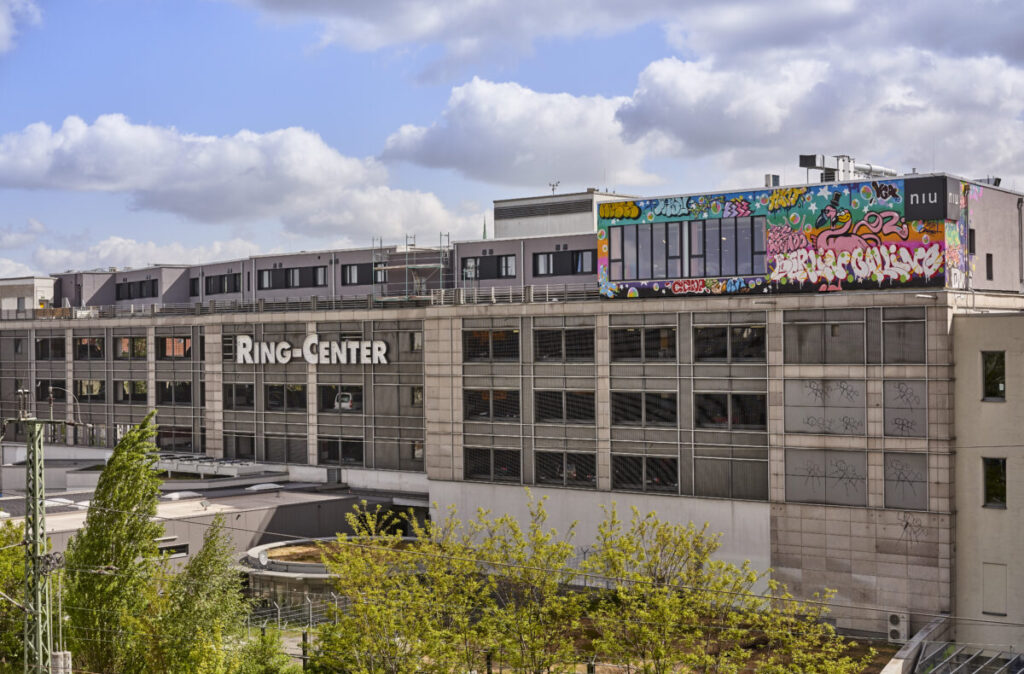
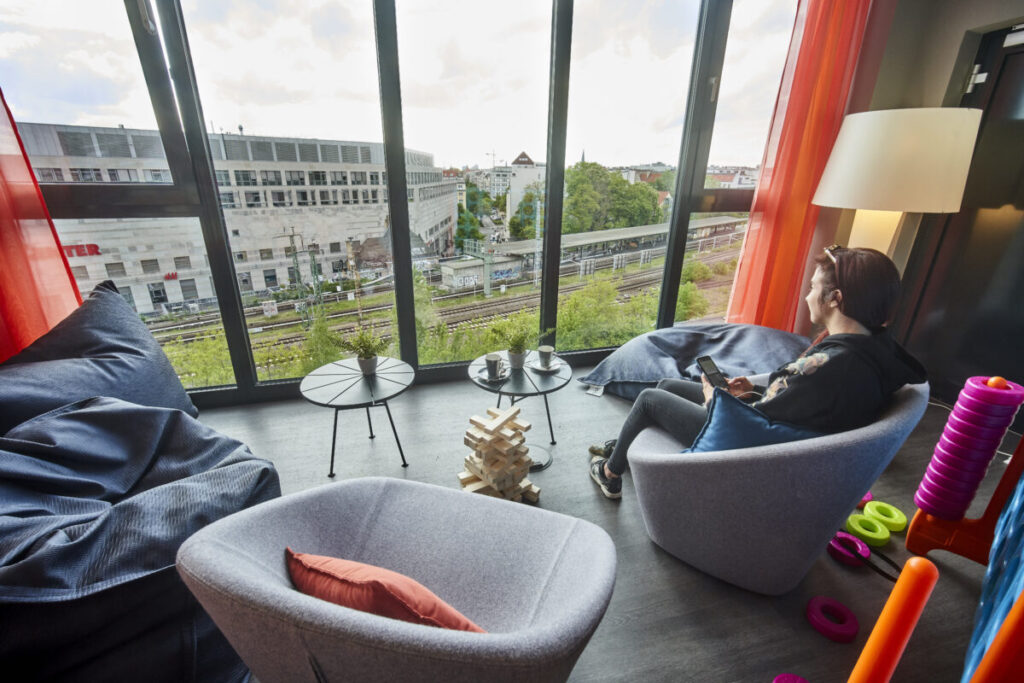
North America And Asia As Trailblazers
My previous knowledge of the combination of shopping centers and hotels primarily stemmed from North America and Asia. Hotels of various sizes and qualities have been part of the overall concepts found at large American shopping centers from the very beginning. Las Vegas, famous for its casinos, theme parks, and large show stages, is an extraordinary example that impressively demonstrates how diverse hotel concepts and high numbers of overnight stays can attract large numbers of visitors. They have made large shopping centers, in addition to an equally overwhelming retail offer, destinations for multi-day shopping and leisure trips and have thus triggered the need for the integration of hotel offers.
The next generation saw the development of huge modern shopping centers, for example in the United Arab Emirates, wherever newer and more spectacular scales of visitor attractions – from indoor ski resorts in the desert to large aquariums – enrich the already staggering retail offer. The integrated hotels, which feature variuous restaurants, wellness oases, and nightclubs, complement this diversity and are much more than just places for out-of-town visitors to spend the night.
There are only a few shopping centers in Europe that have the size and range of facilities to attract visitors for several days at a time. In addition to the diverse retail offer, the tourist attractions in the established cities – from the various sights, cultural and sporting events, theaters, museums, and a wide range of leisure activities to local gastronomic highlights – are what attract tourists and drive the demand for a wide variety of hotel offers and formats.
Visitor Experience As The New Guiding Principle For Both Asset Classes
Experience is a factor that not only plays a major role in North America and Asia, but in Europe as well. The search for new and exciting experiences is a defining guiding principle behind the change in shopping and travel behavior. It has strongly influenced the restructuring of shopping centers as well as hotels and hotel brands in recent years.
An enhanced quality of experience and wellbeing through modern and digitally equipped lounge areas reminiscent of hotel lobbies, a significantly expanded gastronomic range in large food courts, and the addition of attractive leisure and entertainment facilities to the diverse mix of tenants and sectors have made shopping and spending time at shopping centers even more of an experience.
Experience is also the guiding theme for hotel operators with respect to their various brand concepts. Hotels have long since evolved beyond simply providing bed and breakfast accommodation. City travelers expect attractive and luxuriously equipped rooms, complete with the latest digital technology. In addition, public areas with restaurants, rooftop bars, conference and childcare facilities, as well as fitness and wellness areas are well worth a visit – for hotel guests and locals alike.
Therefore, a symbiosis between shopping centers and hotels is quite natural: While shopping centers, with their range of offers, are additional attractions for hotel guests, each hotel’s special publicly accessible experience enriches the shopping center’s variety of offers.
Combined ECE Projects
At ECE, the first hotels integrated into shopping centers were driven by a number of different factors. In the case of the expansion of the Altmarkt-Galerie in Dresden, it was not only the great demand for hotels in Dresden’s old town, which is a popular tourist destination, but also urban planning requirements that led to the integration of an Ibis hotel on the upper floors of the shopping center. In terms of planning and construction, the functional and technical requirements of the new hotel building could be directly taken into account. During the course of the expansion of the Ring-Center in Berlin, an NIU hotel was placed on top of the upper parking level using a modular construction method. In addition to the preliminary structural analyses, specific challenges included the need to address certain technical requirements, such as access and fire protection – from the perspective of both the existing shopping center as well as the hotel.
The integration of a Ruby Hotel into parts of the office floors situated above the KÖ-Galerie in Düsseldorf, which is managed by ECE, proved even more challenging. In addition to the aforementioned technical requirements, the creation of a functionally and economically attractive hotel concept within the available floors and former office space had to be executed. As a result of our positive experience in Düsseldorf, we have been looking at other ECE shopping centers in which a suitable hotel concept could be integrated. Ruby itself has also recently opened another hotel within a shopping center in Stuttgart. The trend towards the further integration of retail and hospitality has been strengthened by the positive feedback received via the customer surveys conducted by the respective operators of the aforementioned “symbiosis projects”: Visitors and guests greatly appreciate the increase in the variety of offers!
New Hotel Development Almost Exclusively Found In Existing Buildings
The development of hotels within existing building structures is a prevailing current trend. Issues such as ESG, construction and financing costs, as well as the availability of land have led us as project developers to focus our search almost exclusively on existing buildings – from existing hotels in need of refurbishment to shopping centers and office buildings. For example, we are currently converting a former office building in the center of Rome into a Ruby Hotel. We are also converting a centrally located former office building in Copenhagen into a design hotel.
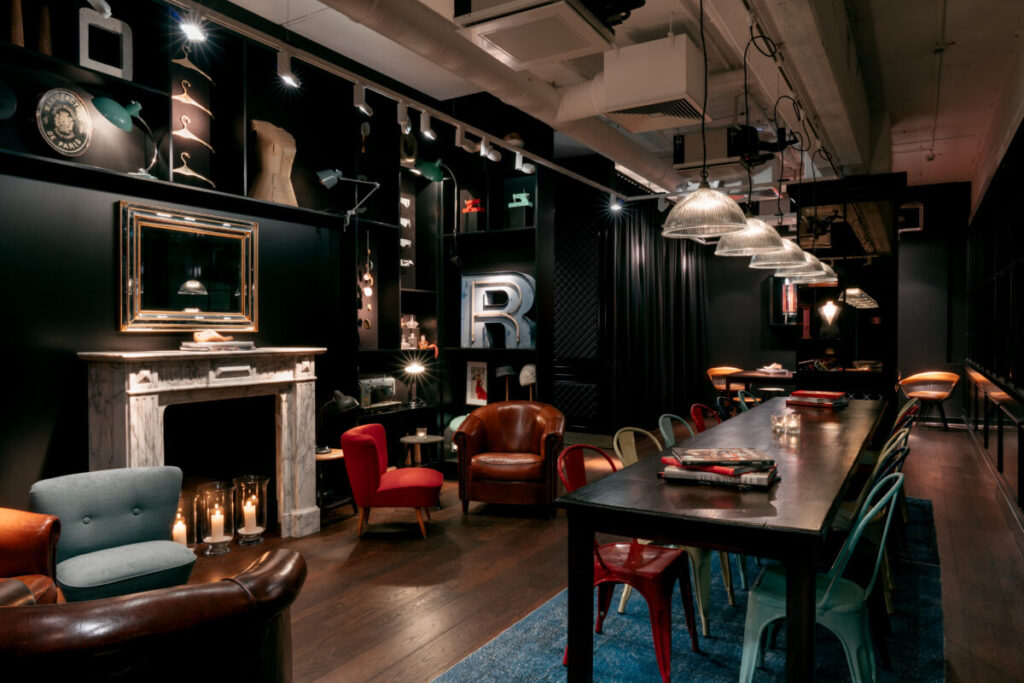
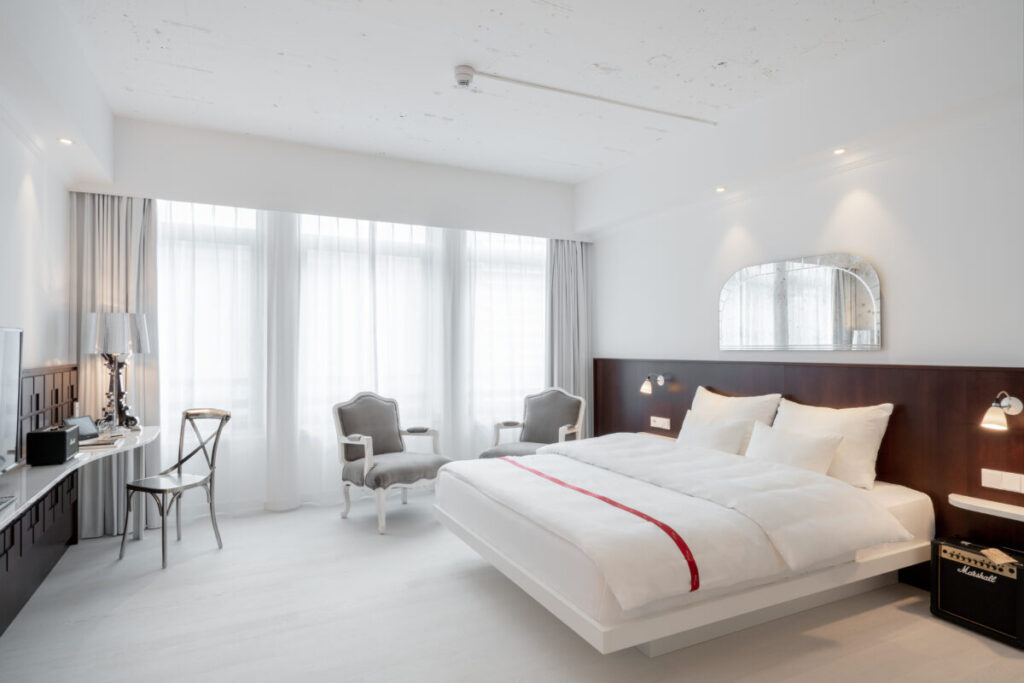
When it comes to shopping centers, we work with our colleagues at ECE Marketplaces to screen the existing shopping centers within ECE’s management portfolio that we consider suitable, taking the following criteria into account: Location, technical requirements, space availability and size, as well as any conflicts of use with the existing property.
If all the parameters are in line and the market assessment by our hotel team is also positive, an interdisciplinary ECE team consisting of Architecture, Construction, Leasing, Asset and Center Management gets started on the analysis work required before a potential hotel location is shortlisted. It is only then that operator inquiries for the location and planning considerations are initiated. When it comes to solutions for existing properties, in particular, operator concepts are required that can react flexibly to issues such as room layouts and sizes, the size of public areas, and hotel access on the upper floors.
The conclusion of a long-term lease agreement with the hotel operator offers the owner of the shopping center the opportunity to stabilize or even increase rental income. Throughout the process, the planning considerations of the interdisciplinary ECE team must be used as the basis for coordination with the owner on the implementation, in several decision-making stages: beginning with the location analysis regarding the hotel expansion, the planning analysis for its integration into an existing shopping center through to implementation and financing.
Win-Win Situation For All Parties Involved
In summary, the combination of well-structured shopping centers with attractive hotel concepts has multiple beneficiaries: The operators of both asset classes enjoy a greater variety of offers, which leads to higher visitor and overnight stay numbers and, consequently, to longer stays. That, in turn, is a major contributing factor when it comes to strengthening the overall attraction and appeal of the cities, which also benefit as a result. Moreover, it is the owners and investors whose assets – shopping center or hotel – experience economic stabilization. It is a win-win configuration that is reflected in a common slogan: “Everything in one place: Shop, relax, experience!”
